
“Cherry Blossom Blight” or “Brown rot, caused by Monilinia fructicola, is a common fungal disease in cherry orchards. It can cause significant yield losses and negatively impact fruit quality, thereby posing a significant challenge for cherry growers. An Australian company specializing in the development of agrochemicals approached R & D Solutions. They had developed a new fungicide and sought to test its effectiveness against brown rot under field conditions. Given our vast expertise in cherry cultivation and disease management, we were an ideal partner for conducting the required field trials.
Objective:
The main objective of the field trial was to evaluate the efficacy of the new fungicide in controlling brown rot in cherry orchards under field conditions.
Trial Design:
We used a randomized complete block design for the trial, with each block consisting of untreated control trees, trees treated with the new fungicide, and trees treated with a range of existing conventional fungicides.
The trial was carried out across several cherry orchards in different Australian regions, each representing a distinct microclimate. We ensured replications at each site to enhance the robustness of the results.
Trial Procedure:
The field trial began at the onset of the cherry growing season, coinciding with the typical emergence of brown rot. The cherry trees were closely monitored for the appearance of brown rot symptoms.
Upon detecting the first signs of the disease, we initiated the fungicide treatments. The new fungicide and the conventional fungicides were applied according to their recommended usage rates. Applications were repeated at set intervals based on product specifications and disease progression.
Throughout the trial, our team kept a close watch on the cherry trees for signs of brown rot activity. Environmental conditions, known to influence the progression of the disease and the efficacy of the treatments, were recorded regularly.
Data Collection and Analysis:
We gathered data on the incidence and severity of brown rot, as well as cherry yield and quality. The disease incidence and severity data gave us insights into the efficacy of the treatments in controlling brown rot. Yield and quality data provided an understanding of the potential impact of treatments on cherry production.
The collected data was subjected to statistical analysis, comparing the efficacy of the new fungicide with that of the untreated controls and the conventional fungicides.
Outcome:
The results of the trial showed that the new fungicide was highly effective in controlling brown rot, displaying efficacy comparable to conventional fungicides, with no negative impact on cherry yield or quality. These findings significantly aided in the registration process of the new fungicide, allowing the developing company to make evidence-based decisions about its commercialization.
In conclusion, this trial underscores R & D Solutions’ ability to assist clients in validating the effectiveness of innovative agrochemicals. Our thorough trial design, diligent execution, and extensive data analysis provide clients with reliable, actionable insights that guide their product development and contribute to the wider agricultural industry.”
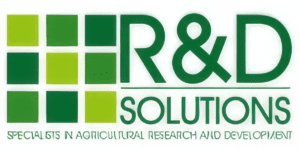
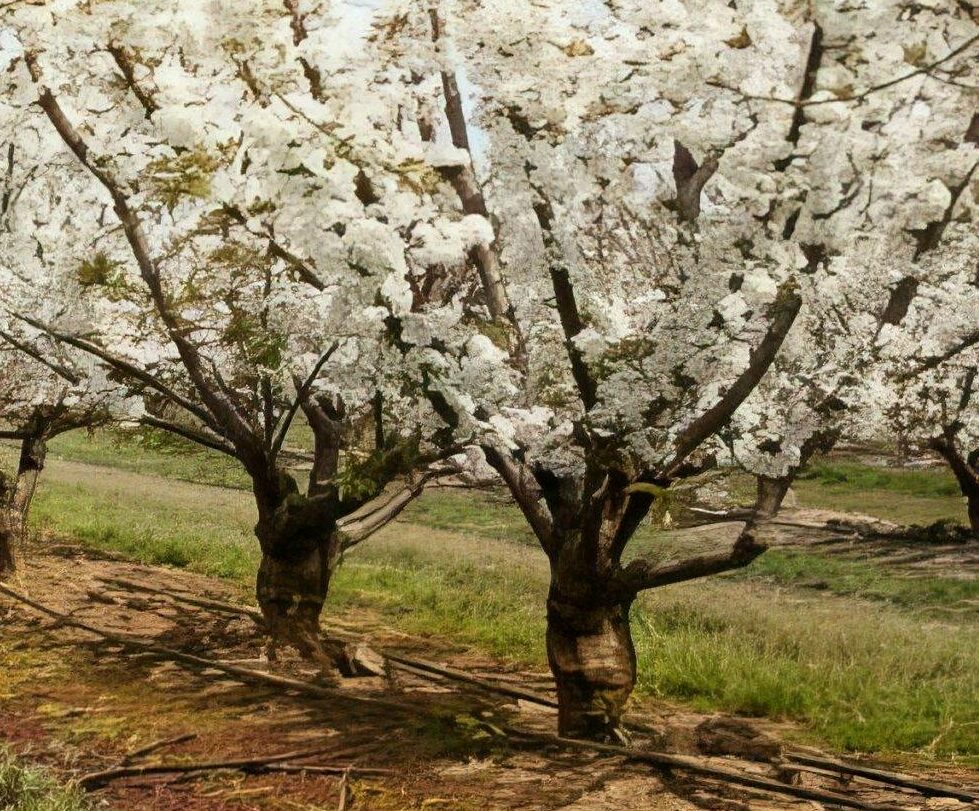
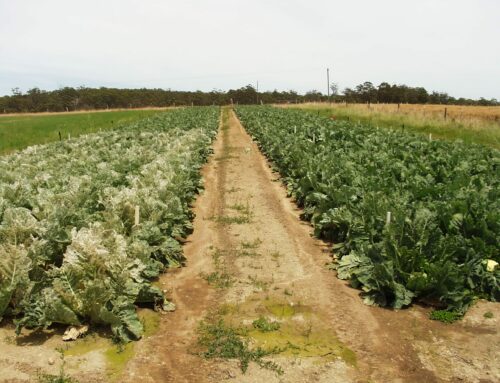
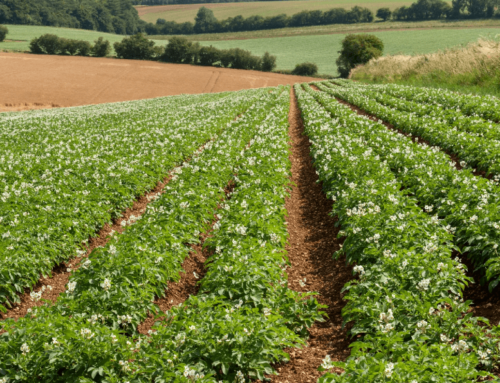
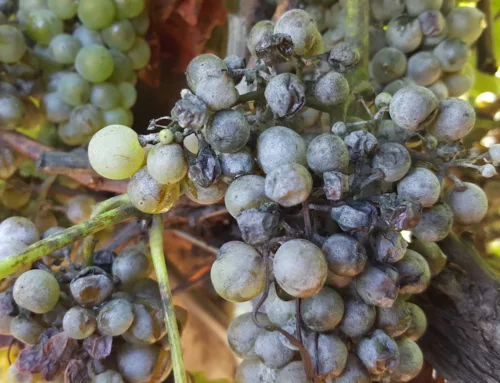
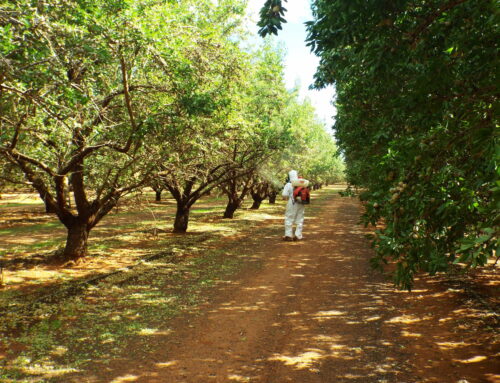
Leave A Comment